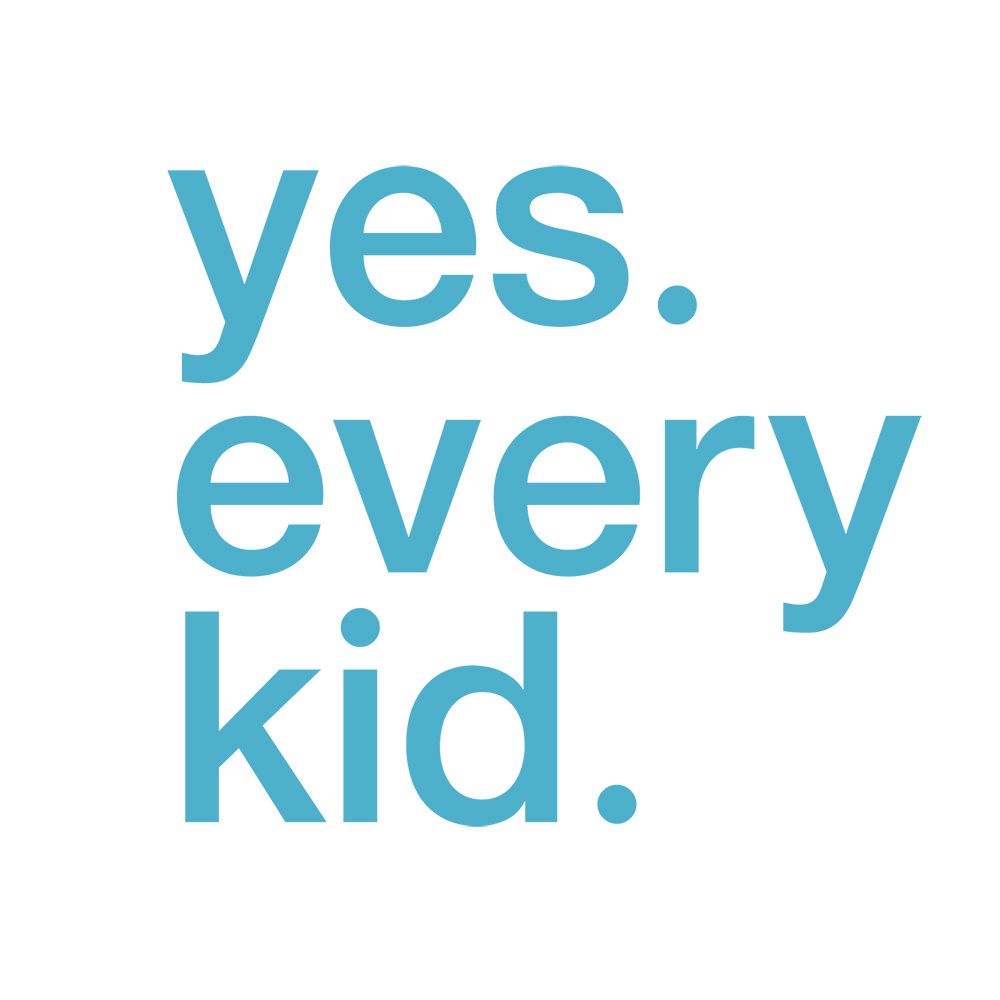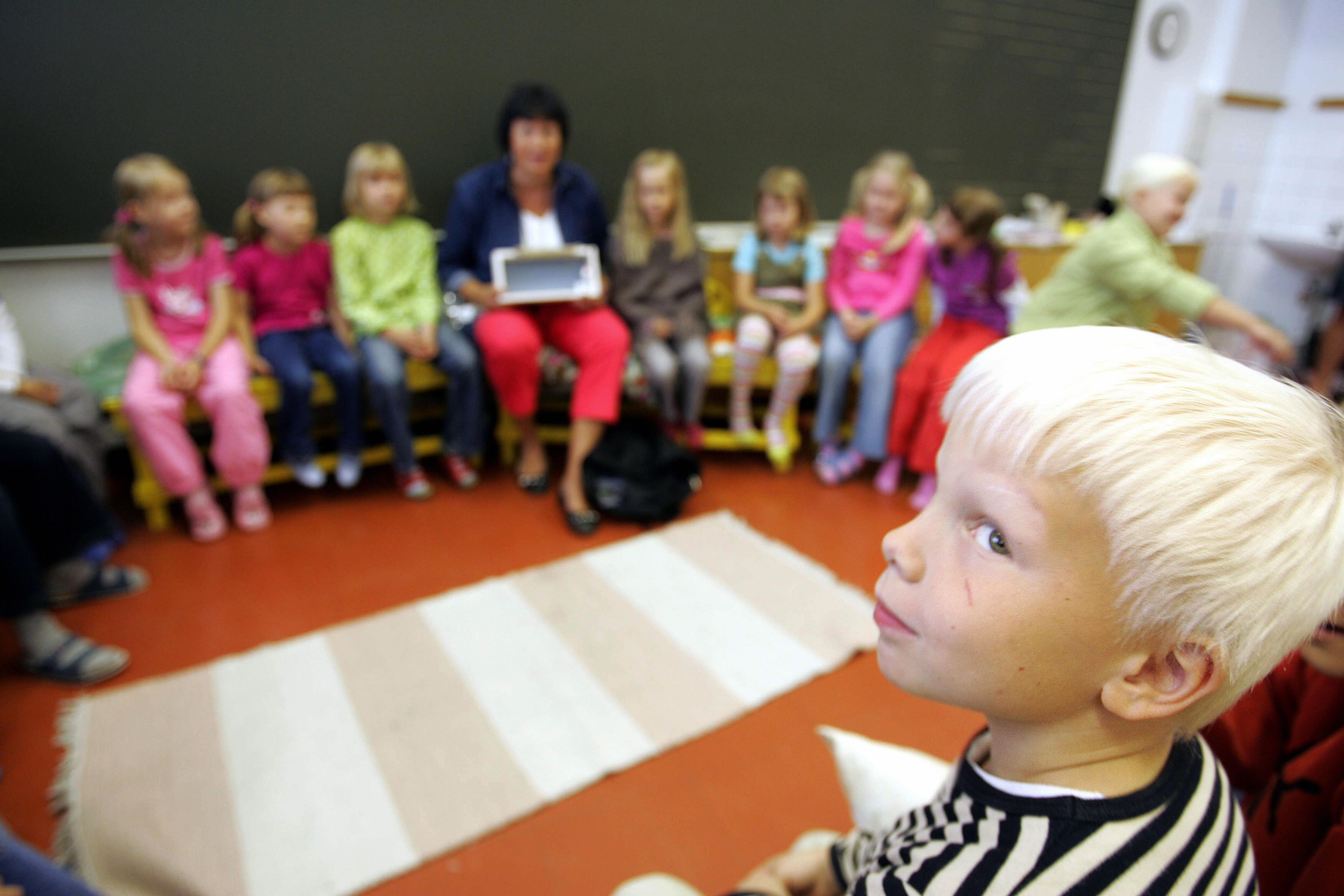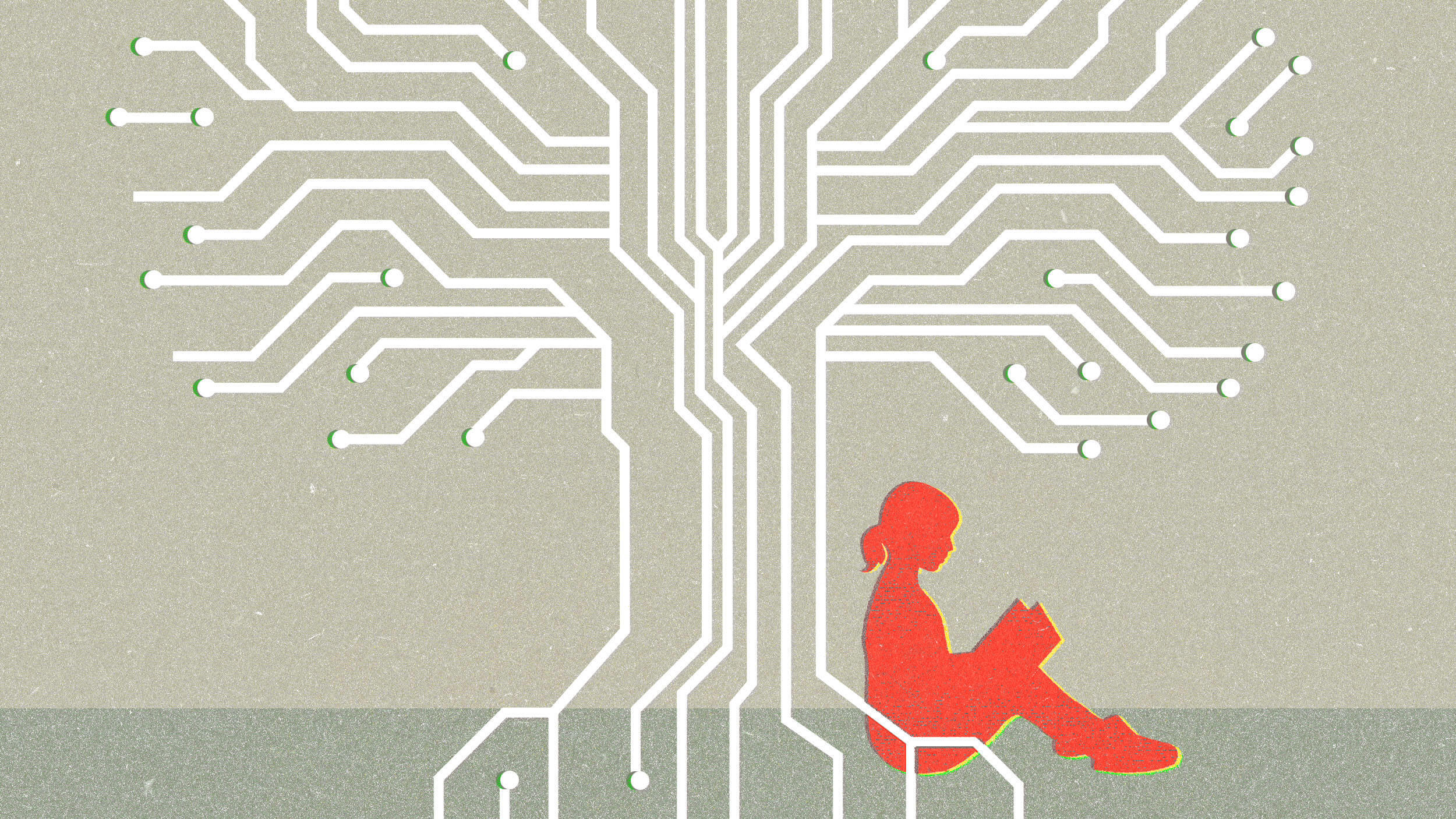PAMELA CANTOR: We're mammals. And as mammals, the majority of the growth of our brains happens after we're born. So this is a very, very crucial thing to understand. The majority of the growth of the human brain happens after birth. And we know that it takes a long time for the human brain to develop. There are critical periods like zero to five, and there are new critical periods of great sensitivity that are being discovered. The newest of them is actually adolescence. But a human baby has what's called "experience dependent growth." Their brains are astonishingly malleable, and they grow in response to the experiences and relationships that we expose them to. So one of the first principles of human development and brain development is this astonishing feature of the human brain because it's made up of tissue that is the most susceptible to change from experience of any tissue in the human body.
There are three things to remember about brain development. One is astonishing malleability, experience dependent growth and the role of context. But I still haven't told you how context actually gets under the skin and into the brain. And in order to do that I need to tell you about the limbic system. The limbic system is the part of the brain that responds to things like emotion, attention, concentration, memory and it consists of three structures. There's the prefrontal cortex, which involves focus and attention. There's the hippocampus, which has many functions in memory. And then there's the amygdala which is the emotion center of the human brain. These three structures develop together. They're intimately connected and cross wired. The limbic system is the learning center of the brain. But to talk about how context gets inside, I want to give you two examples. And the two examples are the systems that govern stress and the systems that govern love and trust.
The first is our stress response system, and this system is mediated by the hormone cortisol. So when we experience stress, we get that fight-flight-freeze feeling where our heart starts to pound and the hair goes up on the back of our neck. And that stress response is actually a good thing. It's adaptive. It helps us focus. It helps us prepare for something like a recital or a performance.
When this system is triggered over and over again by unrelenting stress it can get locked in the on position. And when that happens to children because of overwhelming stress, stress that is not buffered by the presence of an adult this kind of stress can produce damage and consequence to the developing structures of the limbic system. In fact, what can happen is the amygdala, the emotion center of the brain can grow disproportionately to the development of the other two structures.
And those other two structures, the prefrontal cortex and the hippocampus are vital for learning. So adversity doesn't just happen to children, it happens inside their brains and bodies through the biologic mechanism of stress. So that's an example of how context can get inside our bodies and our brains. But fortunately, there's an upside to this story in the hormone system that's mediated by the hormone oxytocin. Oxytocin is known as our love-trust hormone. And interestingly that hormone has the same target in the brain as cortisol, the structures of the limbic system. Because the limbic system is covered with receptors for these two hormonal systems. So when a person has the experience of a human relationship that can buffer stress what happens is that oxytocin not only helps children manage stress and prevent the damage from cortisol but the release of this hormone can create resilience to future stress.
So when we talk about the human relationship we're not just talking about being nice to a child. We're talking about forming a relationship that is sufficiently powerful and trustful to trigger the release of this hormone. And that's actually the biologic basis of resilience. So just as stress has its correlate in cortisol, resilience has its biologic correlate in oxytocin.
One of the things that's incredibly interesting to think about around brain growth is the role of mild to moderate amounts of stress and challenge. That when things are hard, when children have to fail or be disappointed, these kinds of experiences are actually a stimulus in the positive sense to brain growth. So removing challenge, removing stress if such a thing were even possible really doesn't serve the developmental needs of kids. So there might be a view that if we protect children enough, if we reduce the stress in their lives that they will be healthier and they will be equally productive. I think really what is true about the developing brain is it responds in positive ways to calibrated challenge, calibrated stress and sometimes has the resilience to handle things that even go beyond those bounds.
So if you want to apply this to the role of parent or teacher, we know that really great teachers are looking for how much an individual child can and should stretch themselves to reach a goal. If a teacher doesn't do that then the same level of growth won't happen. So we want that. That's what the upper end of a child's developmental range is all about. And when kids get into that zone called the zone of proximal development they're often nervous. They're a little worried about what might happen. But the role of a good teacher, the role of a good parent is to make them feel safe enough to try and strong enough to weather a disappointment.






